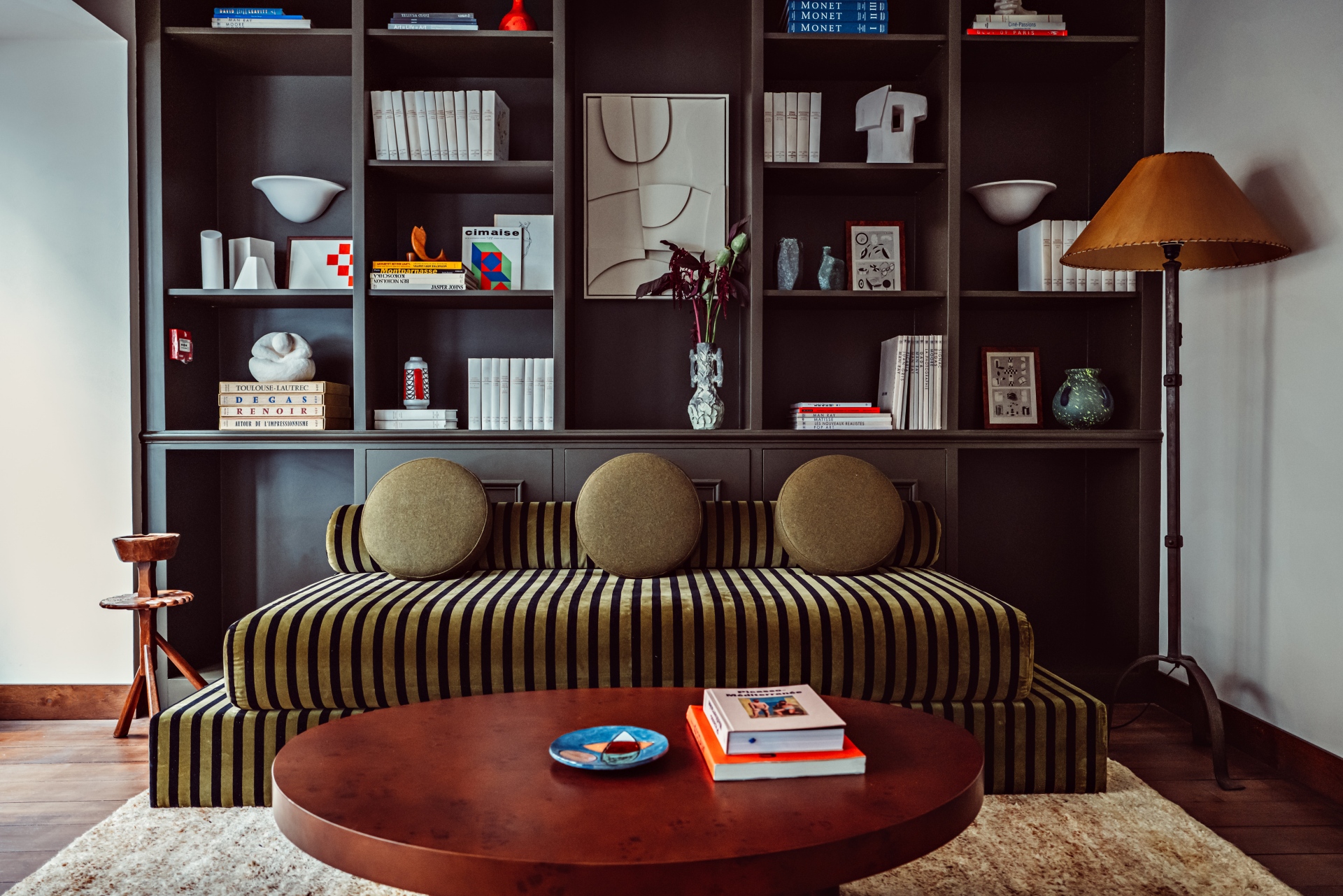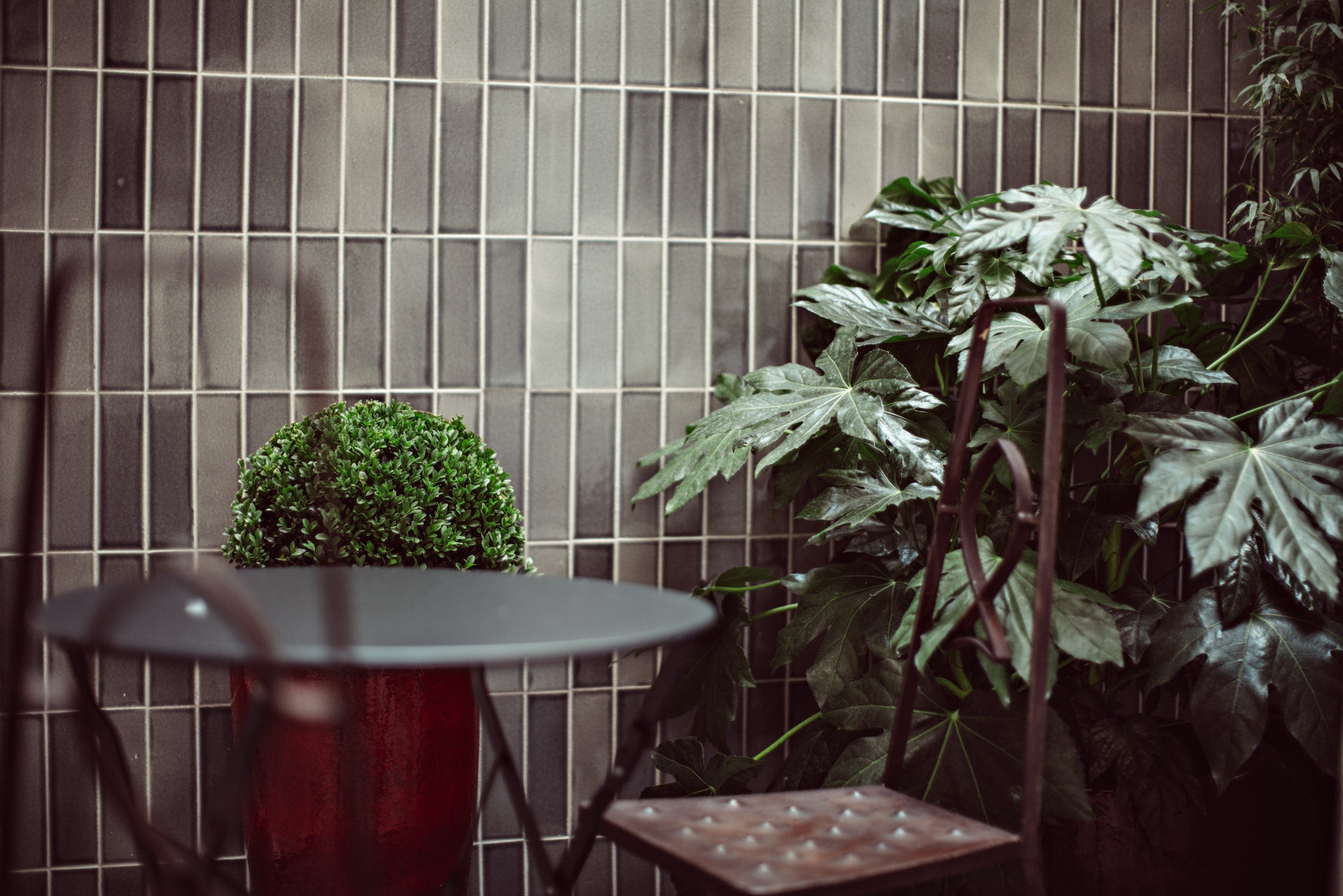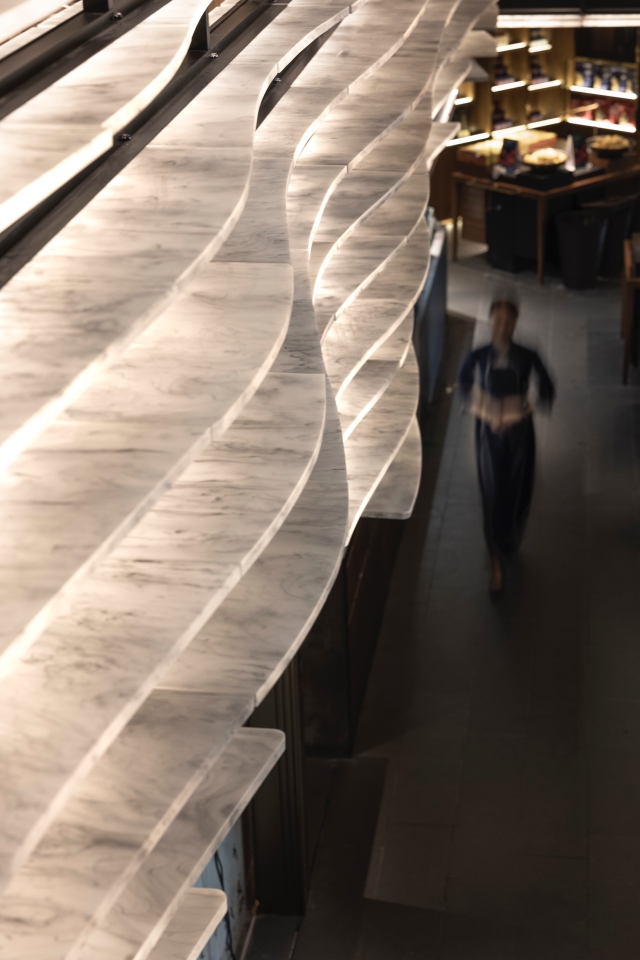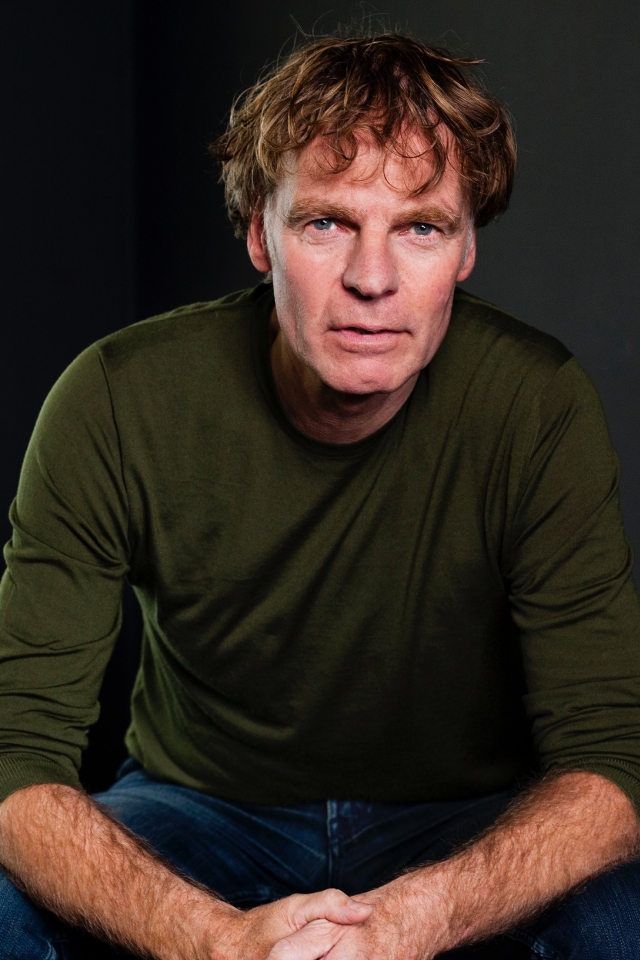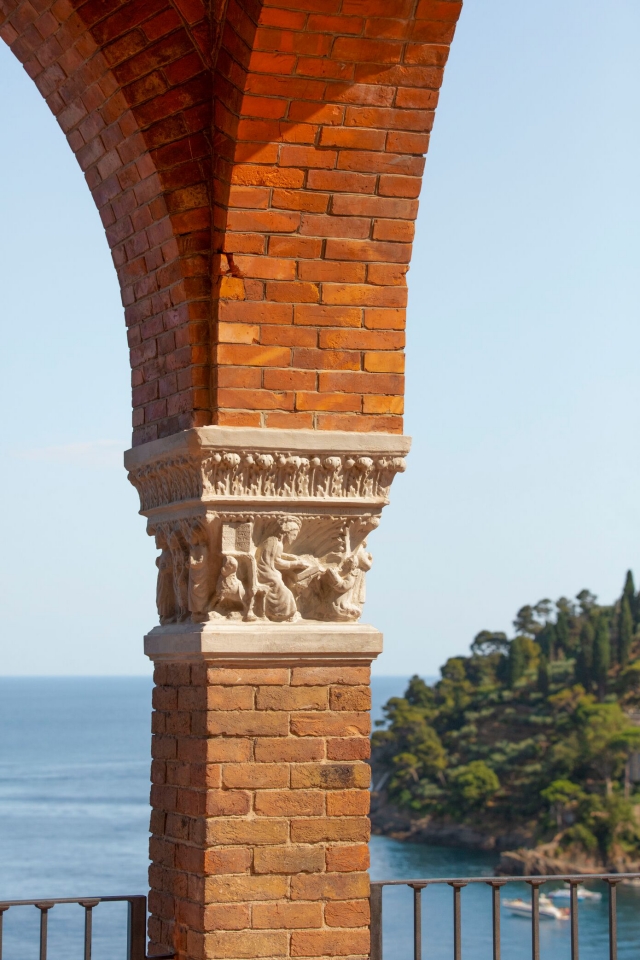Situated on the left bank, in the sixth arrondissement of Paris, a hotel takes pride of precedence on La Grande Chaumière street: Hôtel des Académies et des Arts. It is located in the heart of Paris artistic district from the Belle Epoque, between Saint-Germain-des-Prés and Montparnasse and is within walking distance of the beautiful Jardin du Luxembourg and the historic cafes, La Coupole and La Closerie des Lilas, which once served the artistic and literary greats of France.
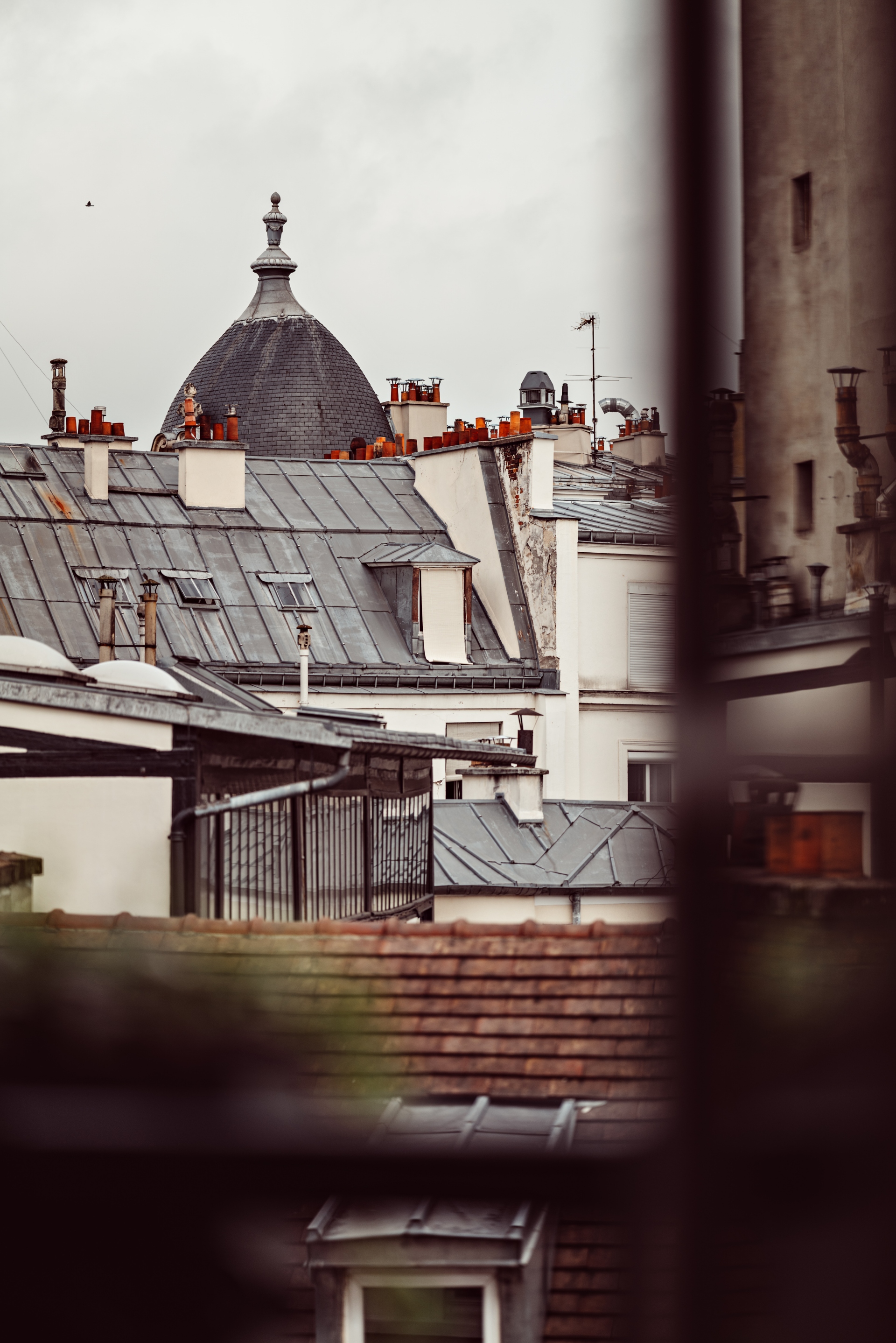
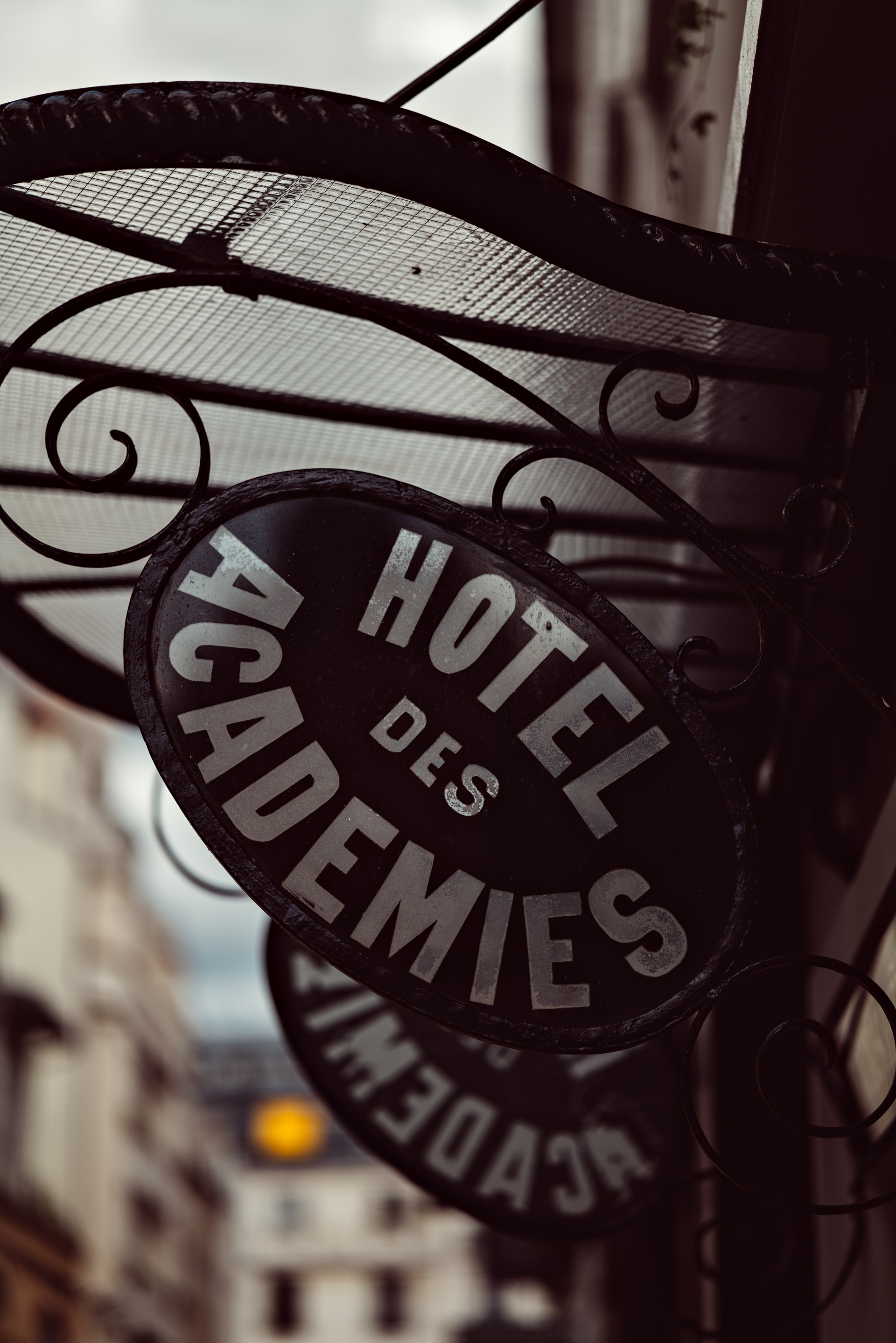
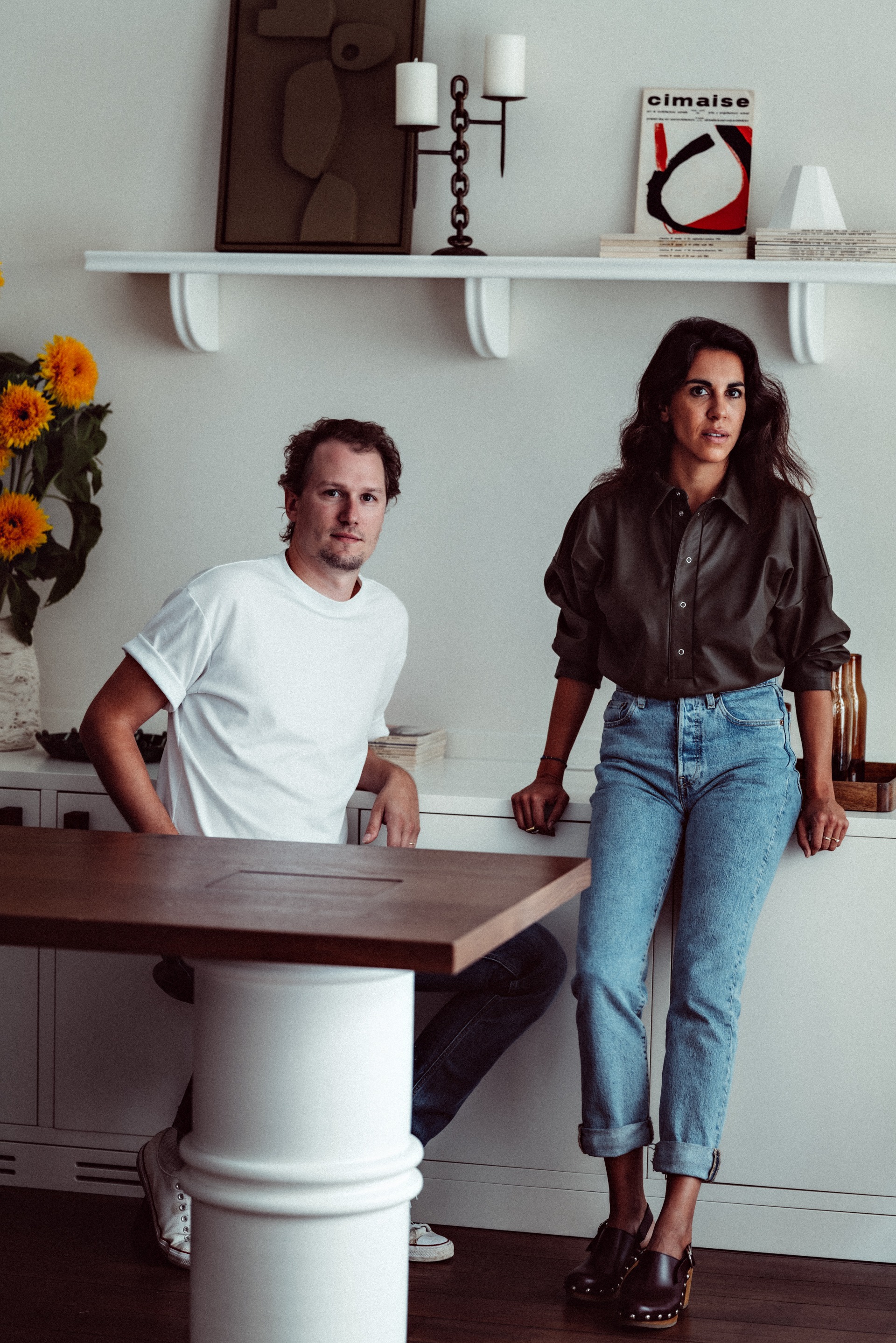
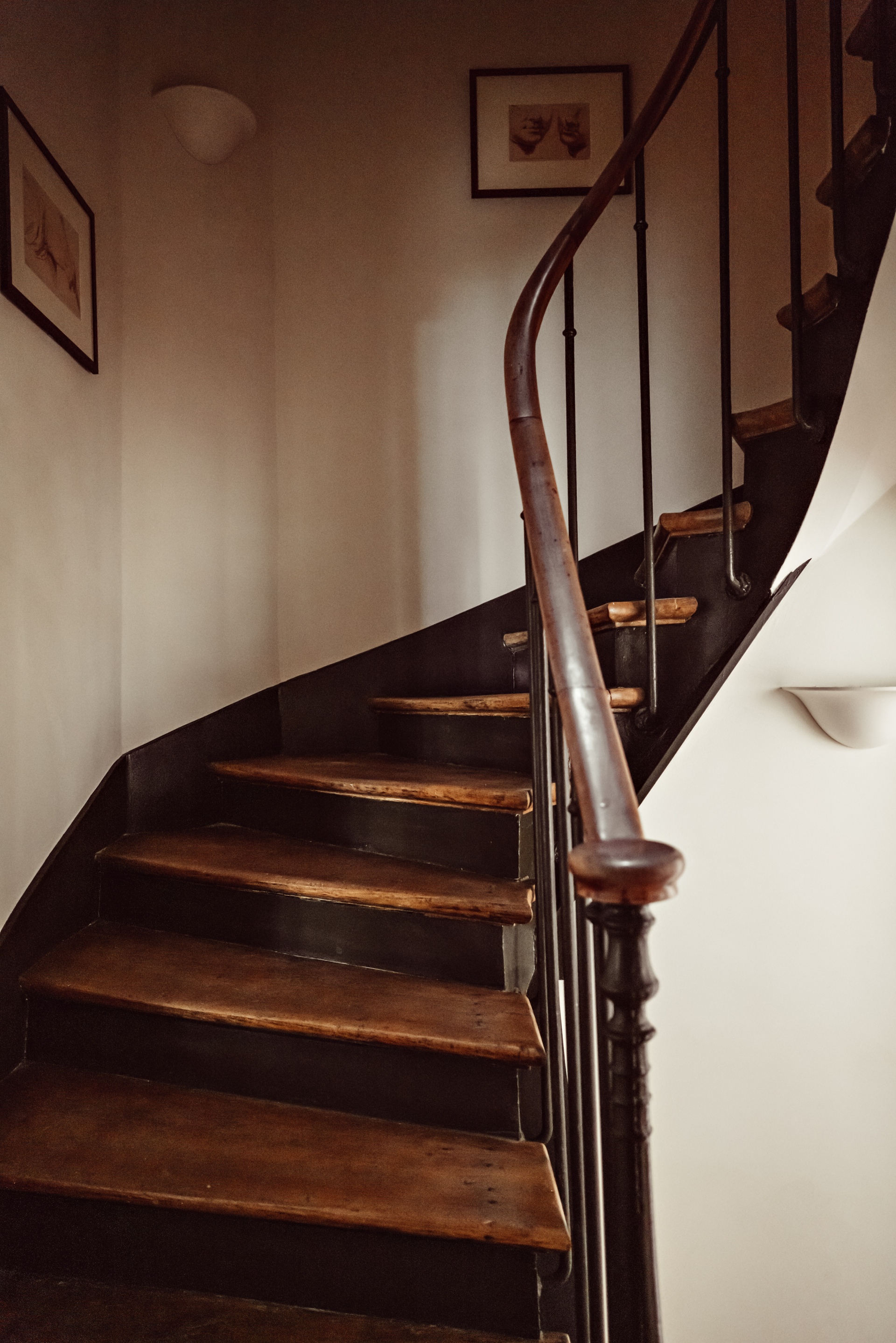
Hôtel des Académies et des Arts is a work of art in itself with original paintings by Jérôme Mesnager decorating the walls and unique sculptures by Sophie de Watrigant waiting to be discovered in unusual places. This exquisite boutique hotel brings back to life workshops in which artists used to work together, share their studio, and receive friends. A skylight illuminates the atelier, while art materials are available for those who wish to paint or draw. Both visiting artists and students are welcome and introductory and advanced courses in the applied arts are organized in conjunction with the Academy: these include academic drawing, sketching, sculpture, and photography. Upon arrival, this thoughtful space beckons you to get back to the simple pleasures in life and explore the artist within; borrow a book from the library and settle into the large comfortable sofa of the living room. Pour yourself a drink at the Honesty Bar behind the living room where a workshop has been set up. Unleash that creative spirit and make yourself at home.
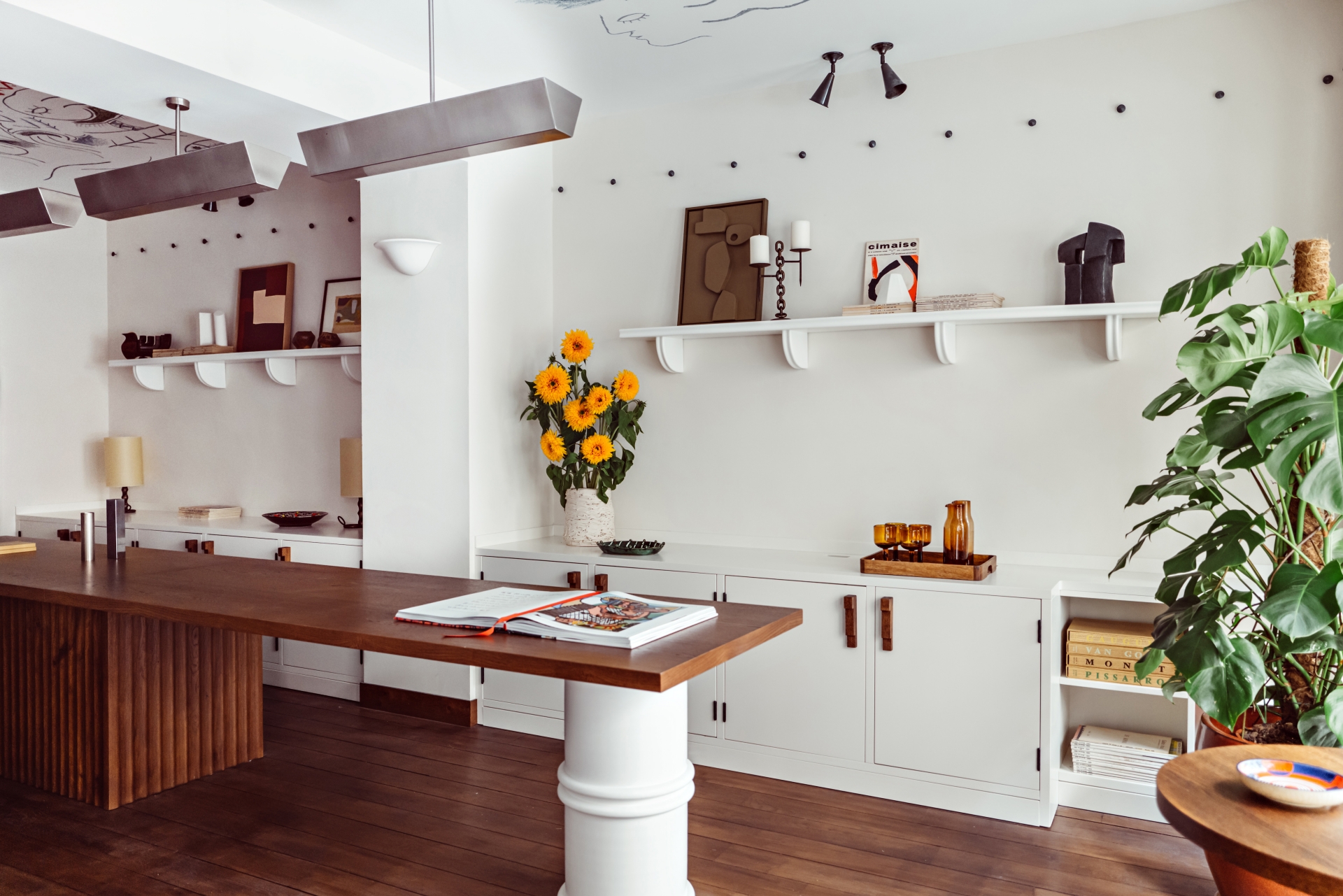
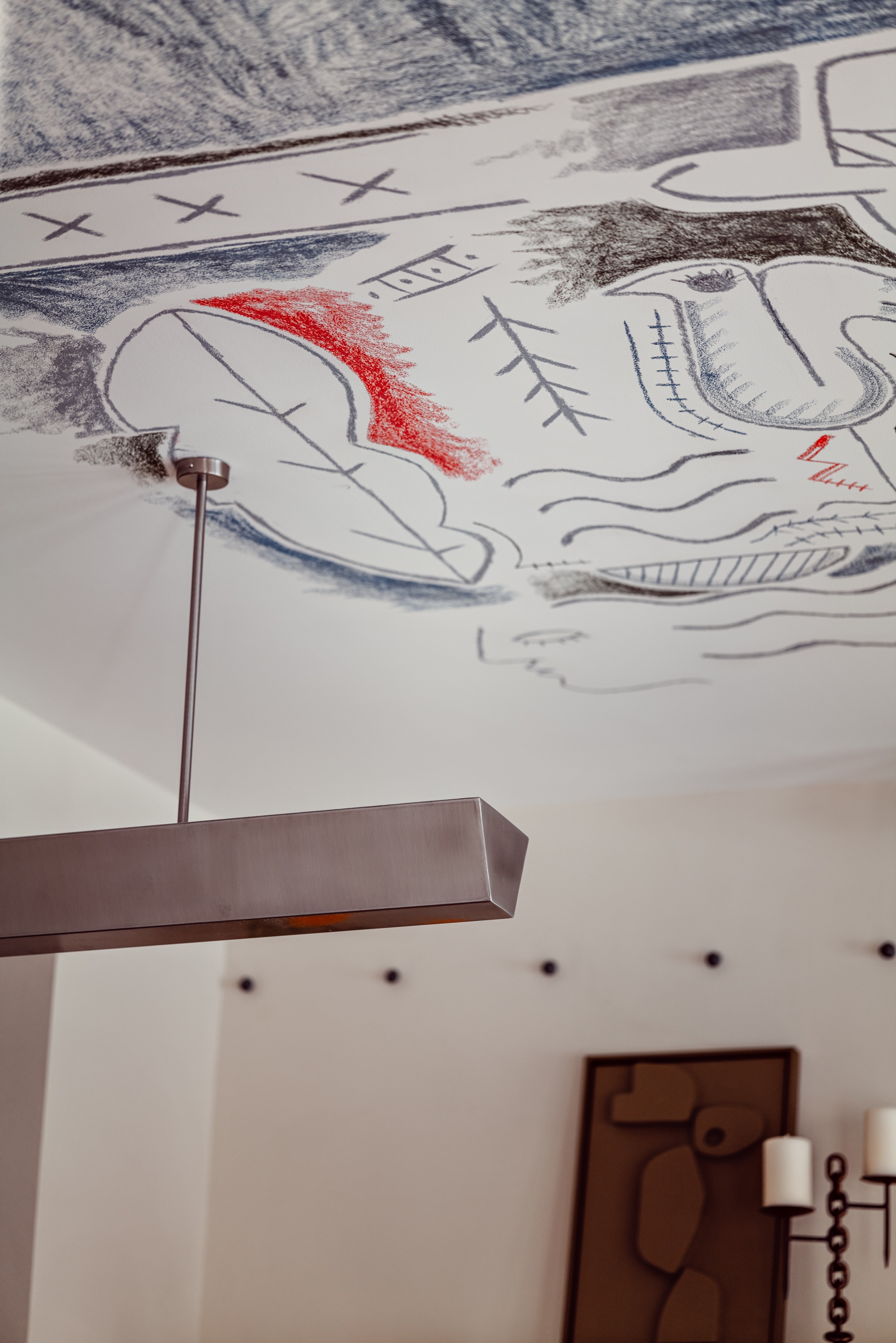
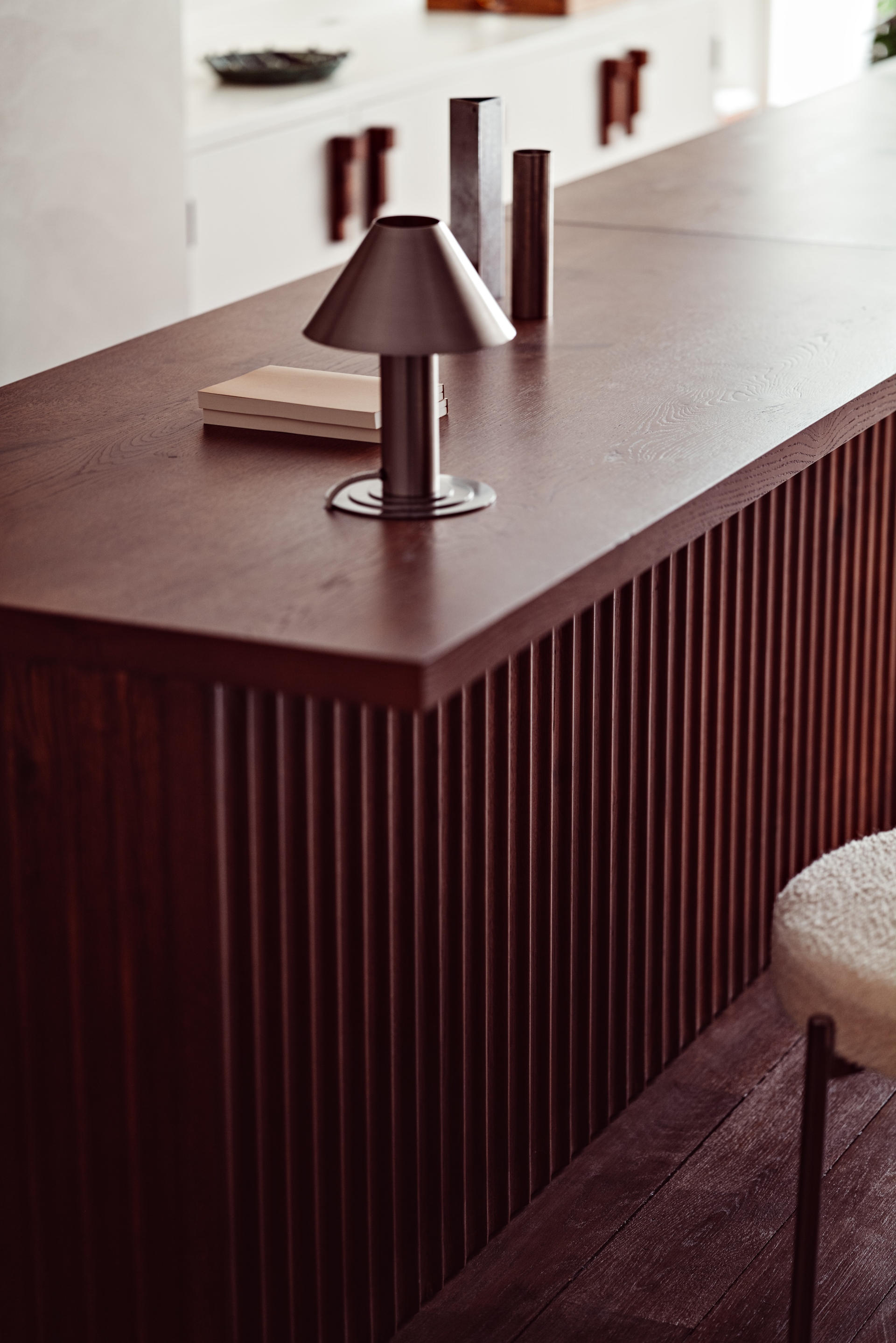
On the upper floors, the bedrooms are designed as jewel cases with windows that open onto the roofs of Paris. Some of the rooms have artworks painted on the walls. No standardized decoration will restrict your wandering imagination. The interior atmosphere is almost uncluttered, with no unnecessary layout or decoration. All the furniture has been designed and tailor-made. Paintings lie here and there, oil-painted canvases dry on the iron nails, sketches are displayed on the wooden chairs and stools are decorated with a few colour spots.
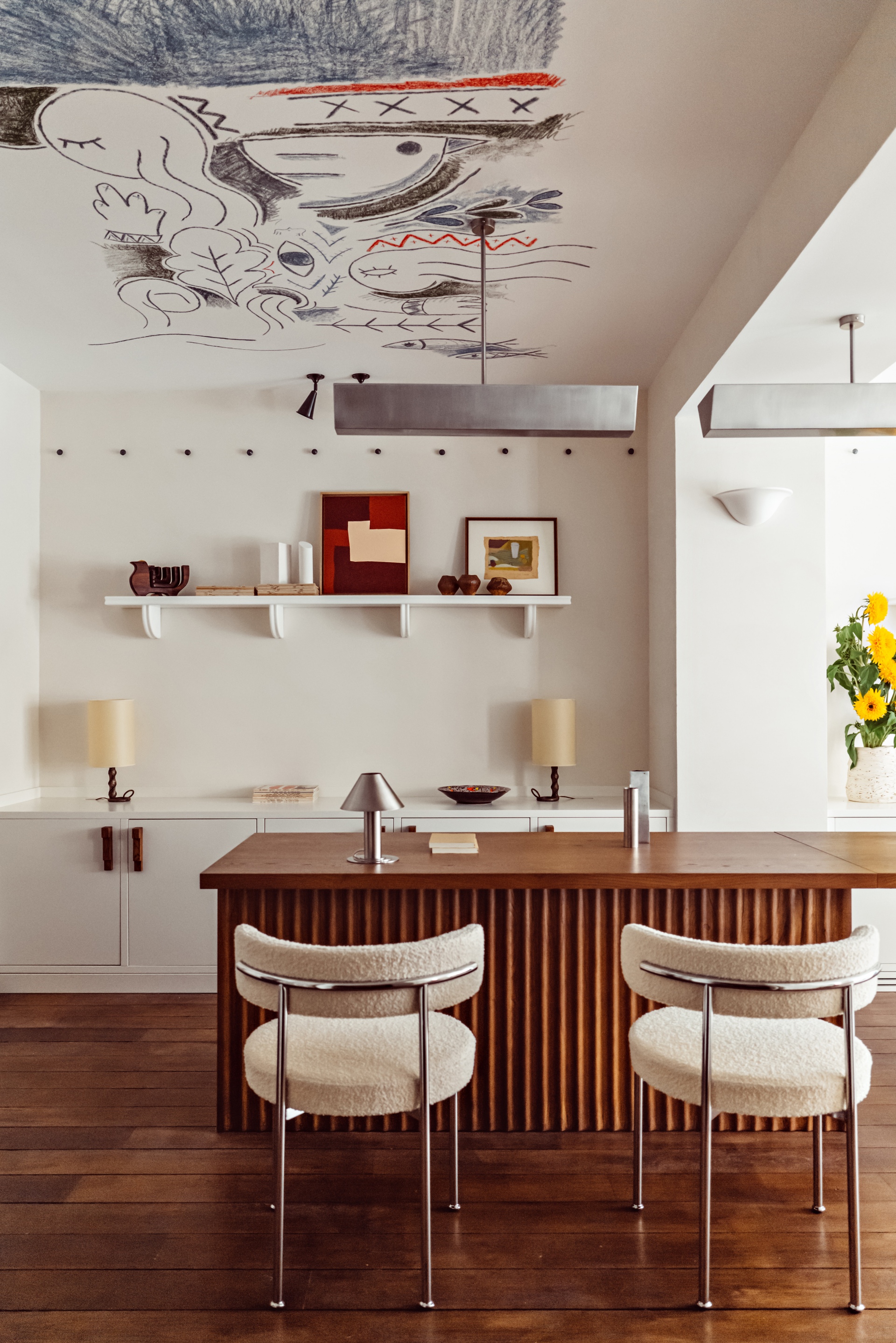
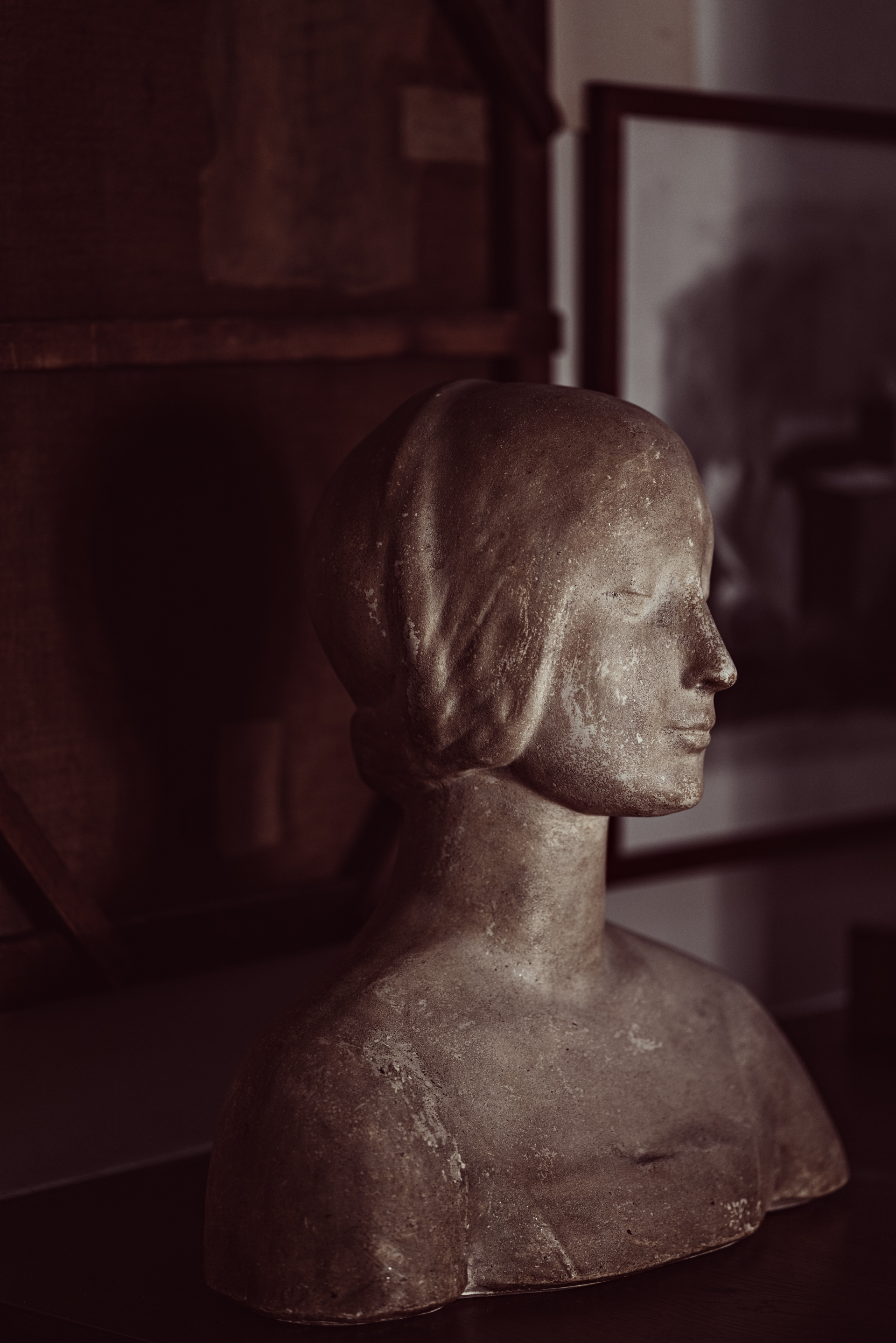
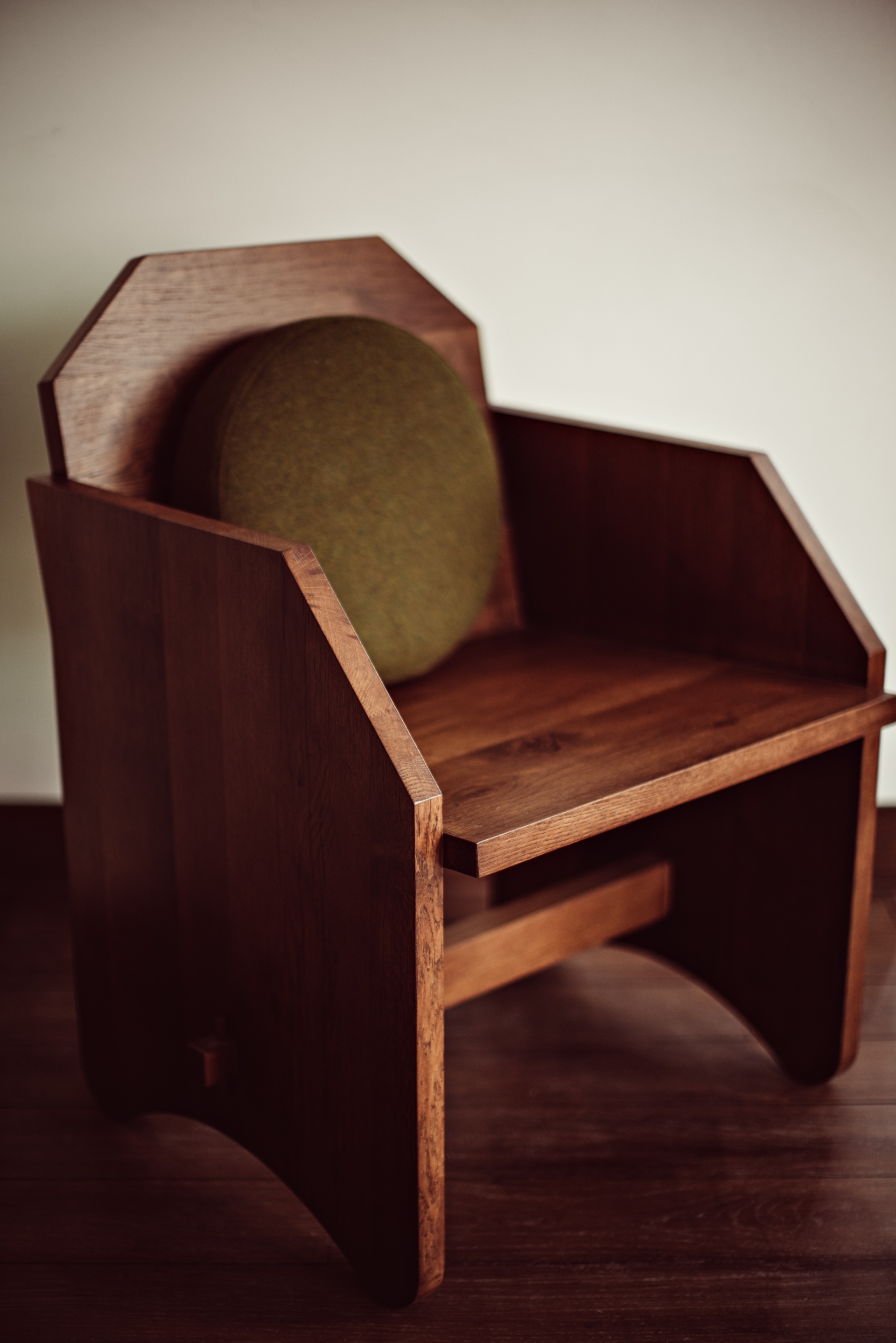
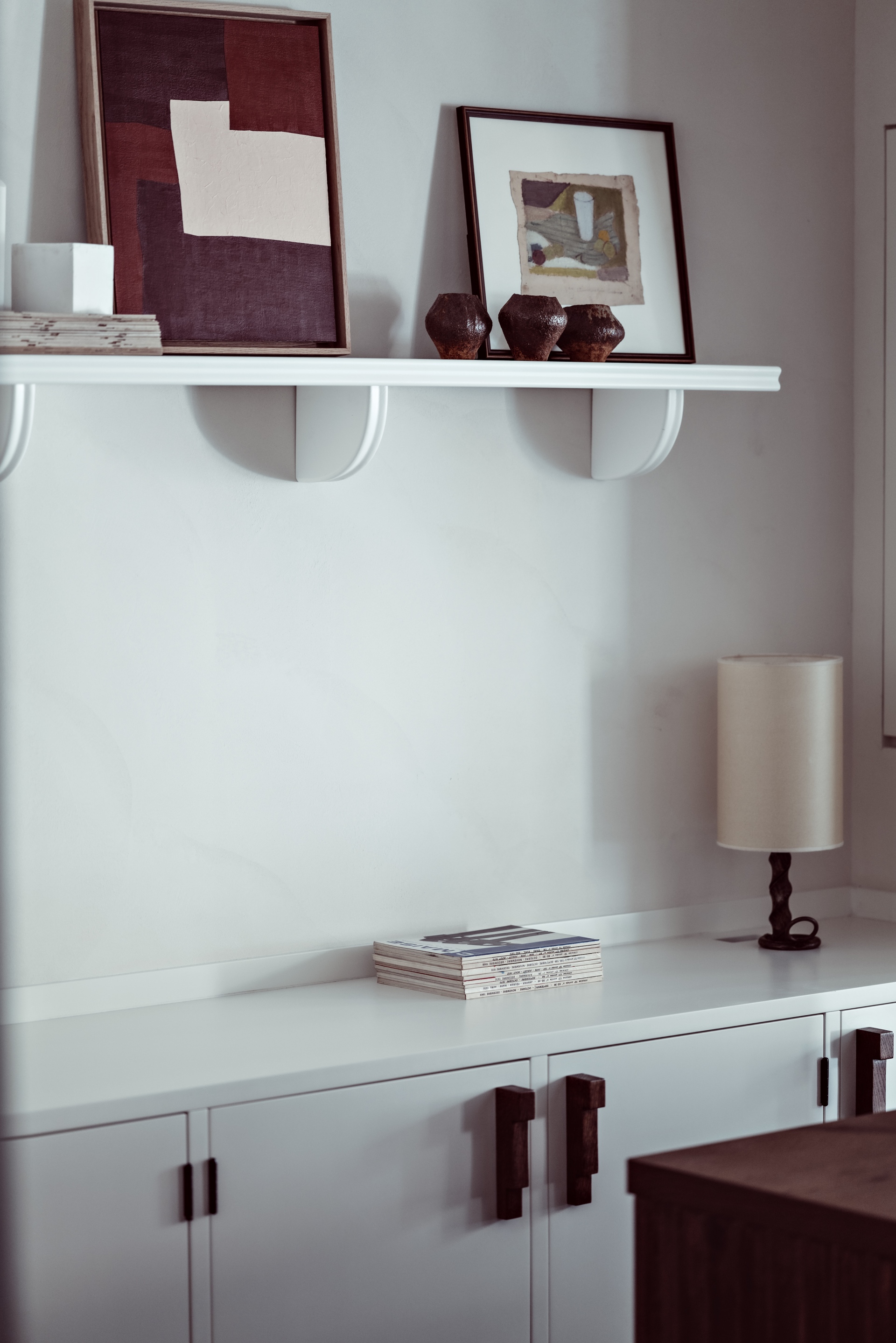
This layered characterful interior has been thoughtfully conceived and designed by architect Stéphanie Lizée of Lizée-Hugot Studio. After several years of collaboration with various Parisian agencies, Stéphanie Lizée and Raphael Hugot created their own architectural studio. They are committed to giving a soul to places without imposing or prescribing anything, leaving parts of the rooms raw to express the strengths and authenticity of their creations. Their ambition is to tell a story about the place and each project is in sync with its history and its environment. For them, the objects are an integral part of the place, and everything is designed as a coherent whole. Here, they created all the furniture: the mirrors, tables, ceiling lights, wall lights, bedside tables, and lamps were made by craftsmen.
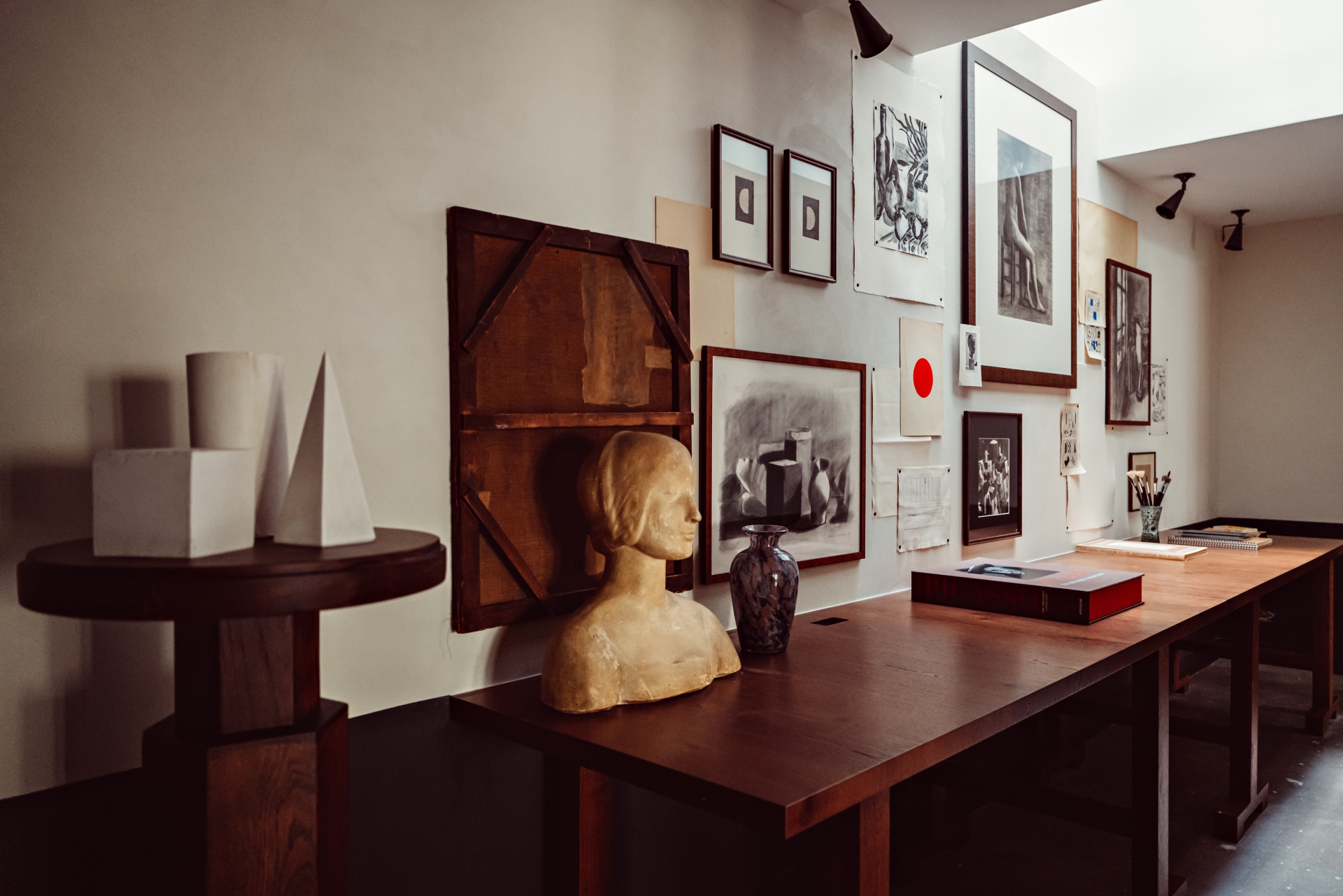
Throughout the interiors, everything is unique. Paintings and furnishings are specific to each room. In the hall, large pastel frescoes painted by Franck Lebraly adorn the ceiling. In a tribute to the cubists and surrealists, forms are transformed without constraints - rounds become suns, suns of the eyes, recreating a face.
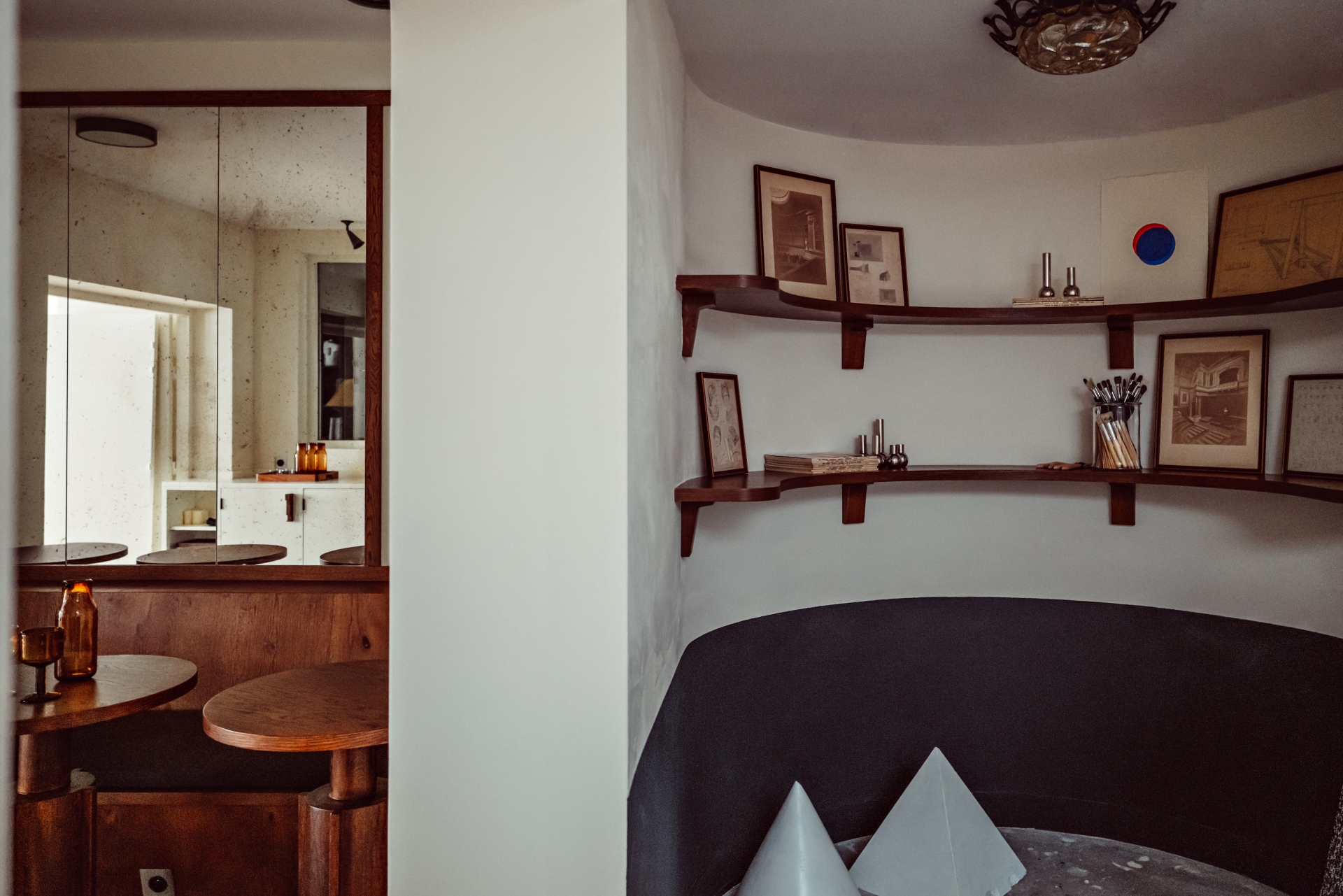
The hotel encompasses 20 bedrooms, which have all been designed as a personal art workshop. The decoration is intentionally raw and refined, where cream-colored walls made from float plaster suggest the material and the deliberately rugged relief of the coating and contrast with the wooden and stainless-steel furniture. Pride of place is given to strong materials and craftsman’s work, which all work together to recall Van Gogh’s Painter’s Room.
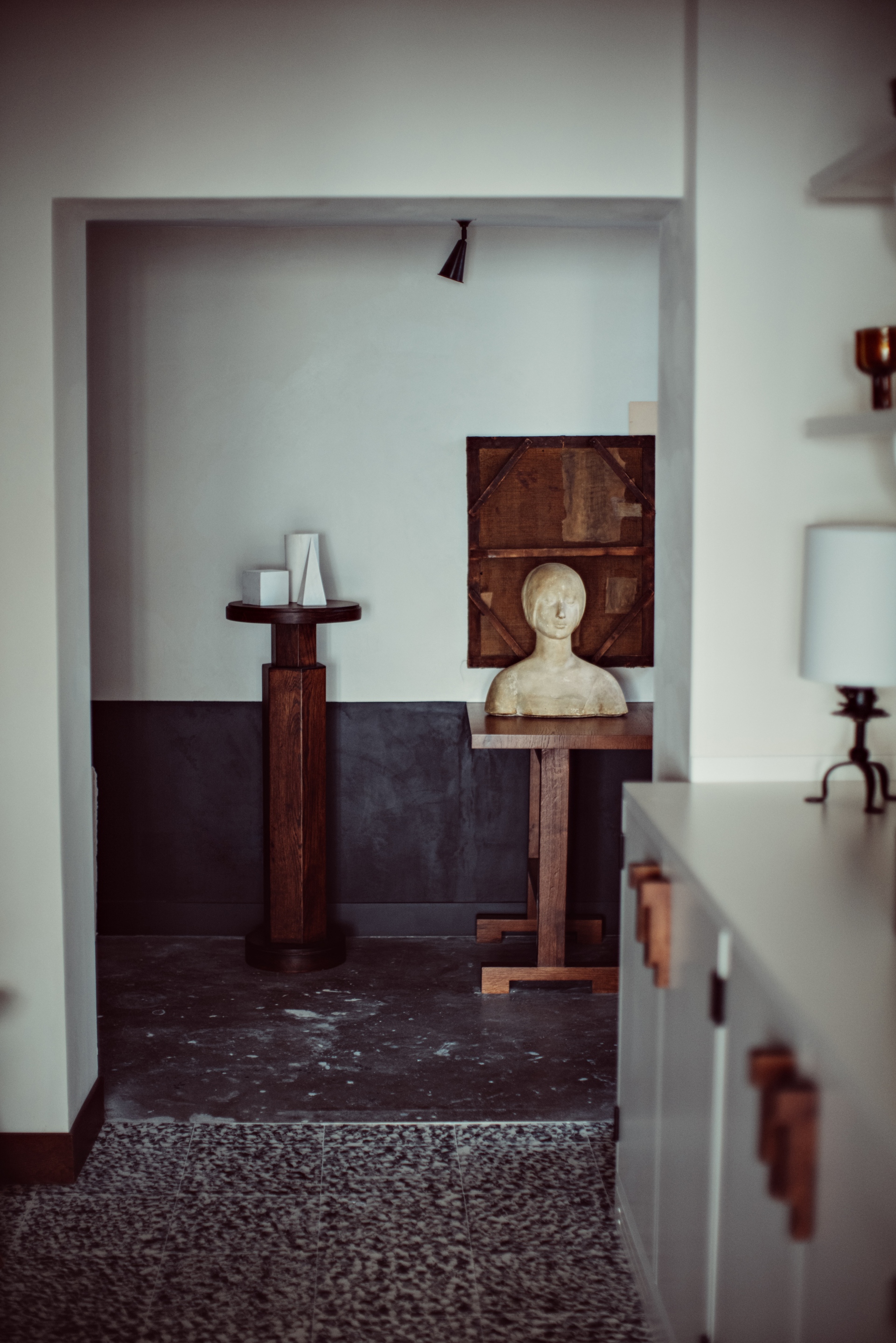
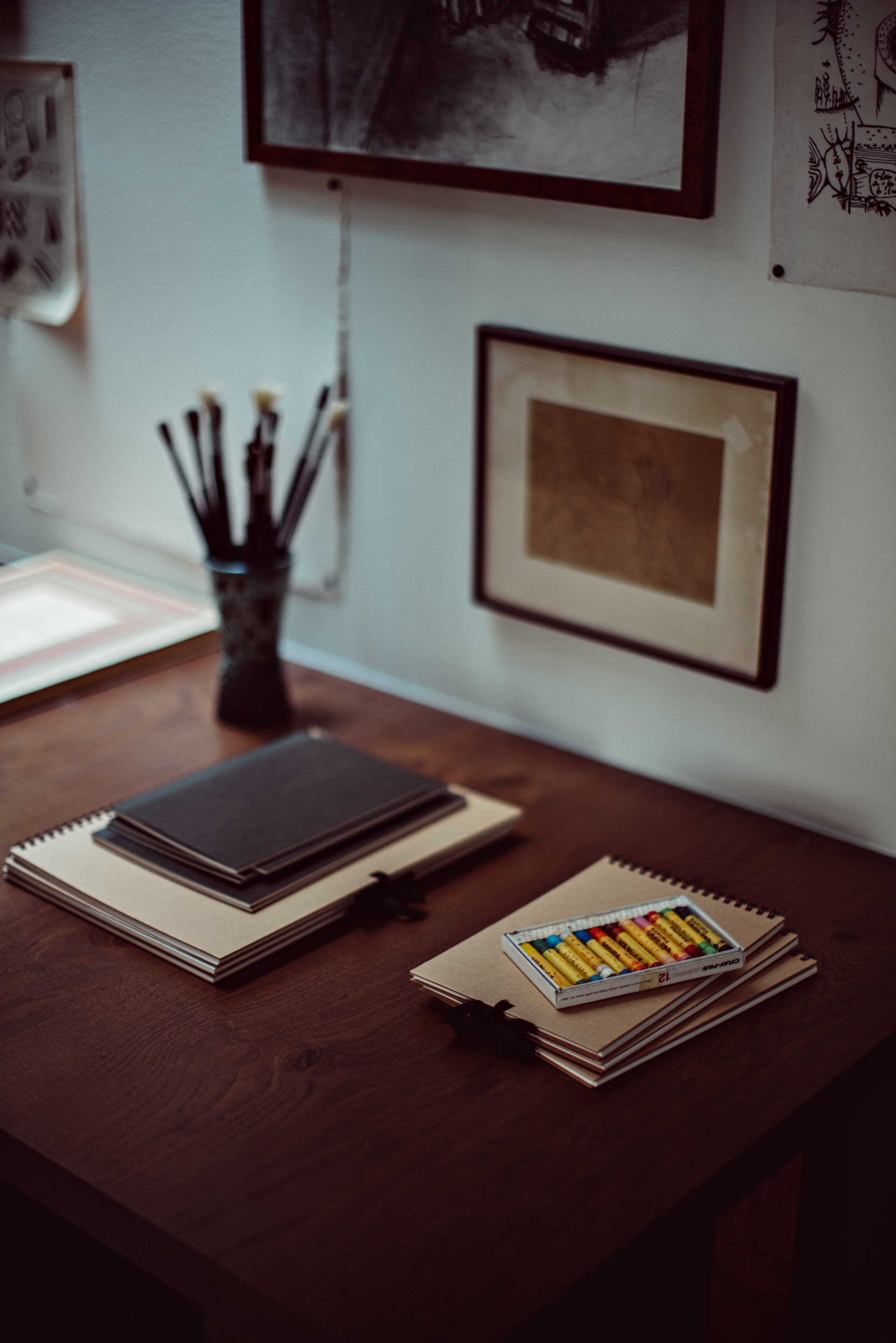
In some rooms, gallery pieces punctuate the place, while in others, there’s a bold choice of colour: a stool with black and bright red striped fabric, a round blue modernist frame…. They are a showcase, where unprocessed raw materials were preferred. The plastering was done with lime. The oak headboards with stained knots have been shaped in clean lines to match the atmosphere of the bedroom. At the end of the bed, a felted blanket echoes the silk wall hangings with thin fawn or sky blue stripes. The custom-made furniture is displayed in the bedrooms as a composition. Long, high wooden shelves run along the walls, on which works of art are placed: academic drawings, nudes, old photos and ceramics. In some rooms, beds are partly housed in oak alcoves, while in others, with silk wall hangings. Cream and black glazed terracotta bathrooms are a reference to the Parisian buildings of the 1900s and 1920s. On the top floors, Rue de la Grande Chaumière, the windows look out over Paris rooftops and the glassed-in studios of the Académie des Arts. A Parisian-style flower box hangs from the balustrade. The bedroom is bathed in light, again, being ideal for pulling out your sketchbooks.
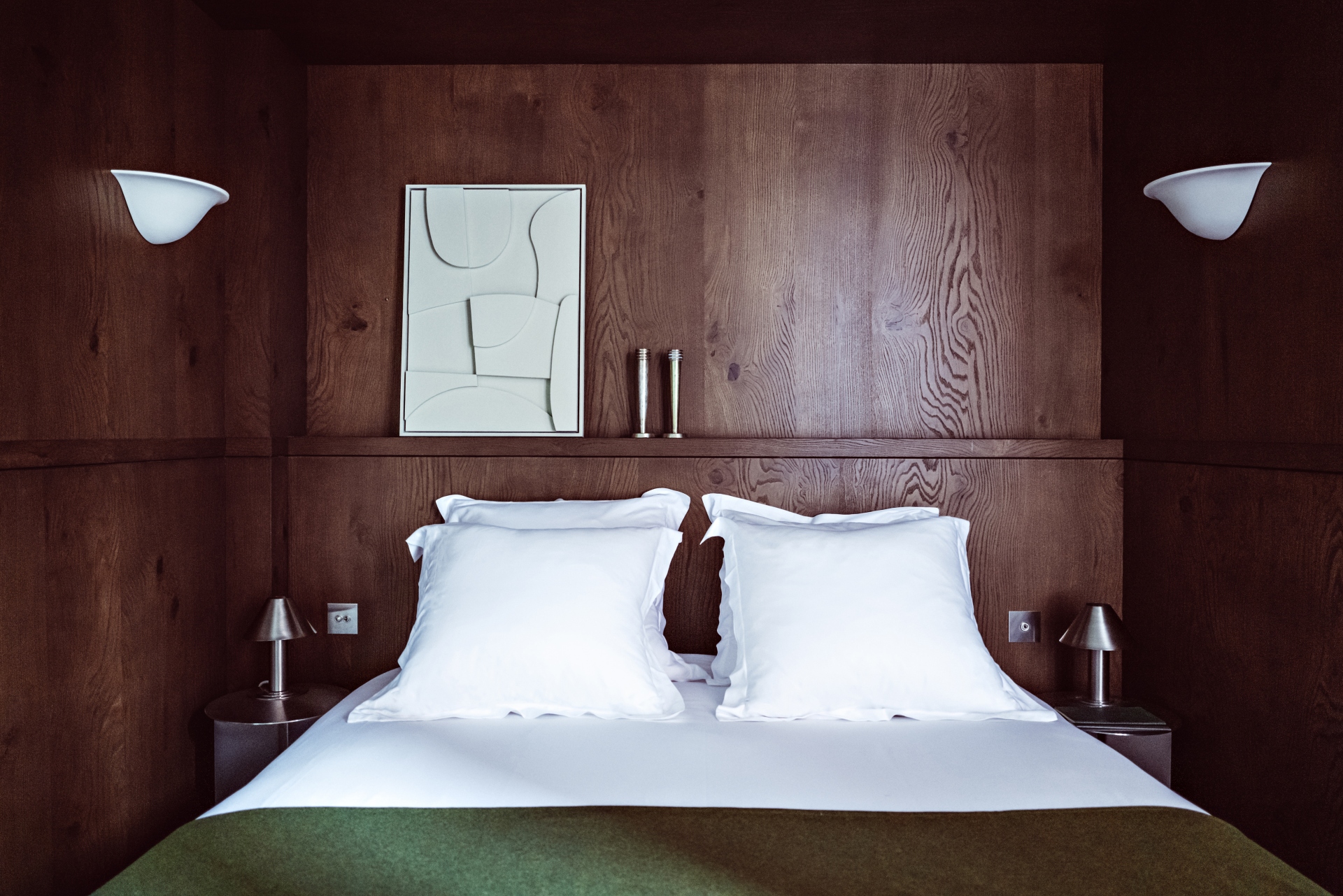
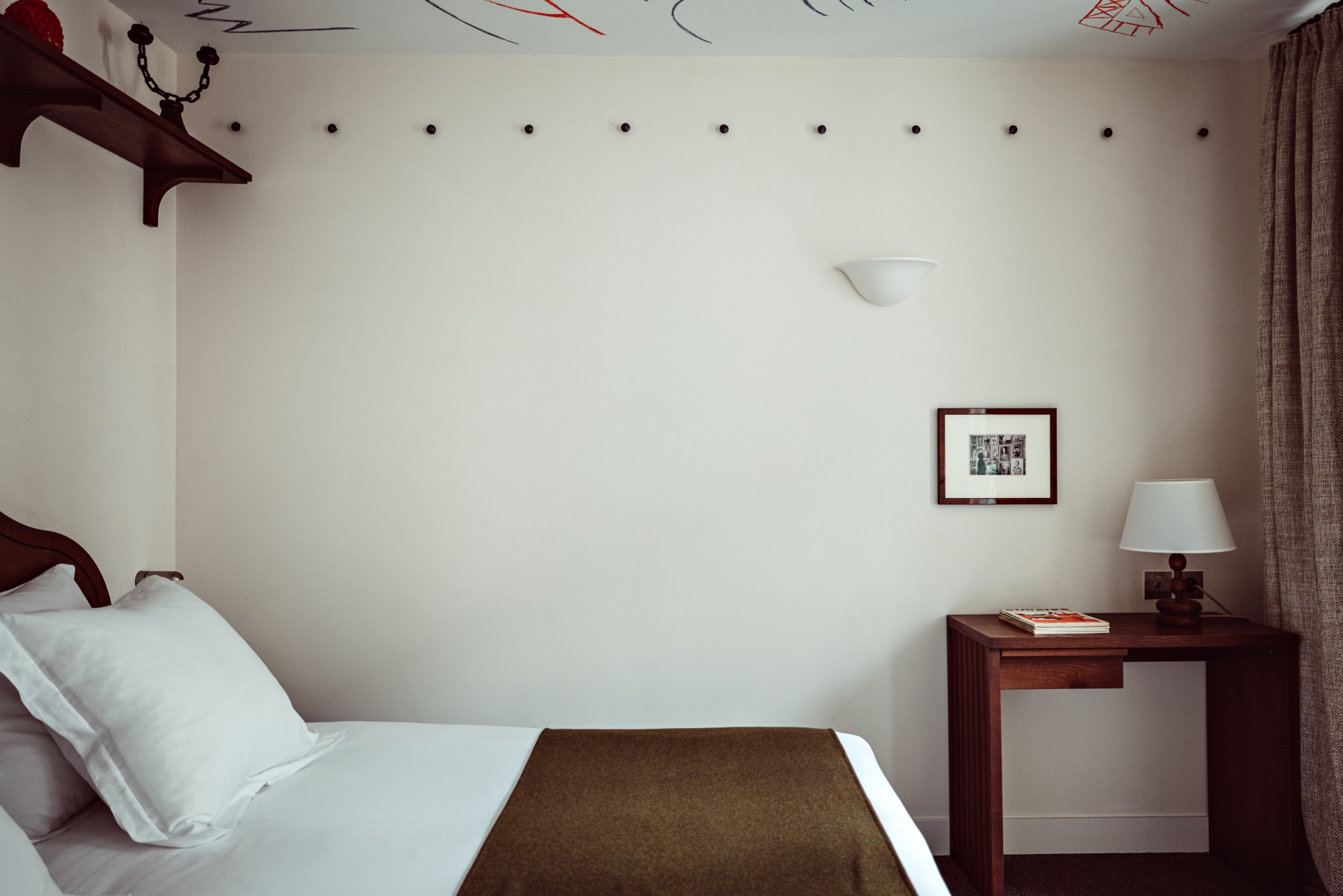
The hotel’s frescoes were created by artist Franck Lebraly, who at Hôtel des Académies et des Arts, has, above all, honoured Picasso’s great themes, in particular the figures of women, lunches on the grass, and the blue and pink tones. In the lobby, guests will be able in a glance to capture the subjects of the frescoes in the various rooms. Lebraly was inspired by the motifs dear to the cubists and surrealists, with references to Picasso and Delaunay. In the manner of the painters’ preliminary work, the ceilings are adorned with sketches and studies of the figures. As a tribute to the artists who frequented the place, pastel, which is suitable for large-scale studies, was used for the frescoes. Following the example of the hotel’s decor, each fresco has been designed according to the bedroom’s volume and light. The ceilings become canvases where one can escape and dream. On the first floor, we discover a countryside fishing trip, a theme cherished by the painters of the Belle Époque. On the second floor, a still life of flowers in a pot invites reflection on voids and spaces. One floor above, vast foliage of acanthus motifs recalls the Mediterranean and the distinctive forms of mythology. The drawing was done in one stroke, without ever putting down the pencil.
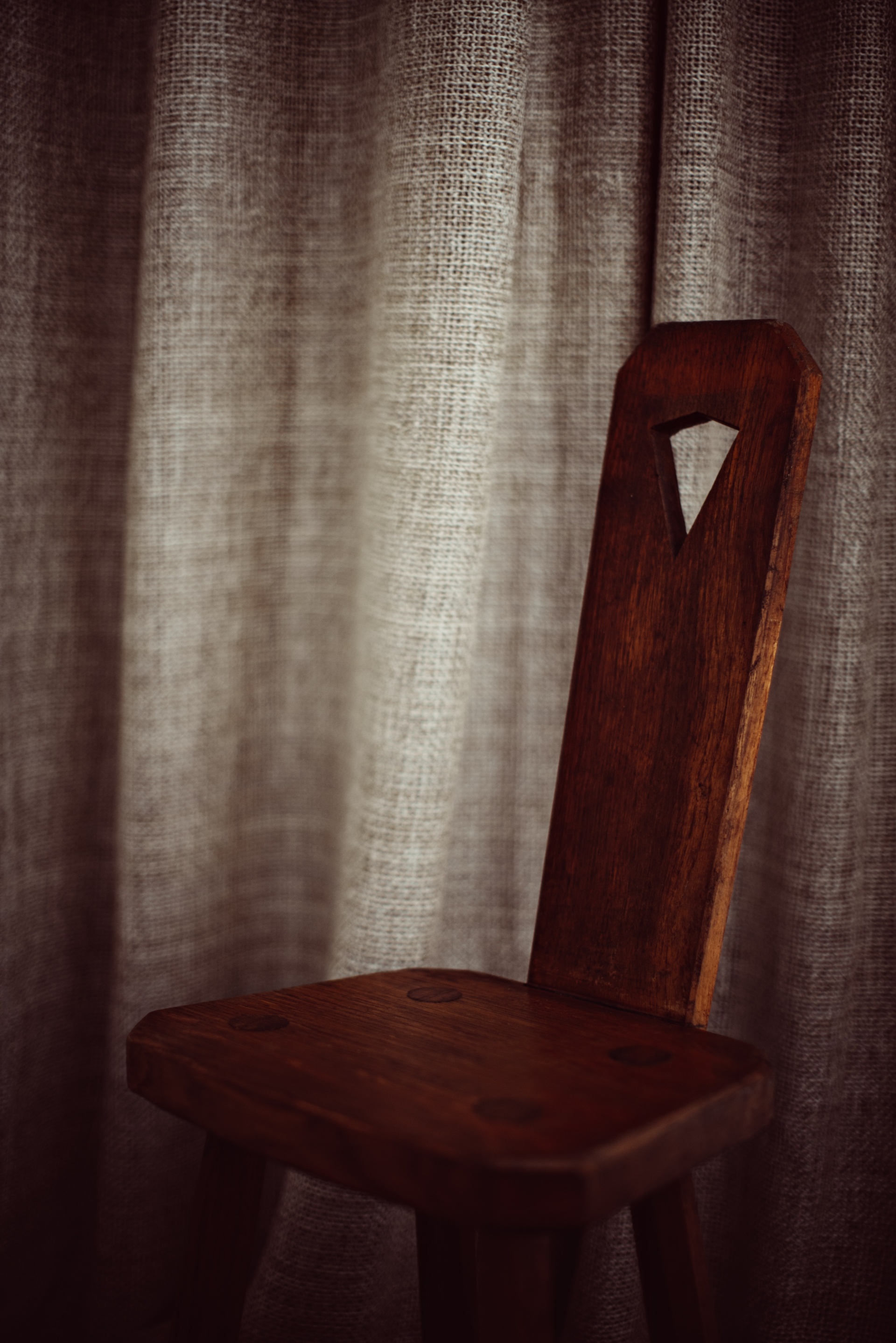
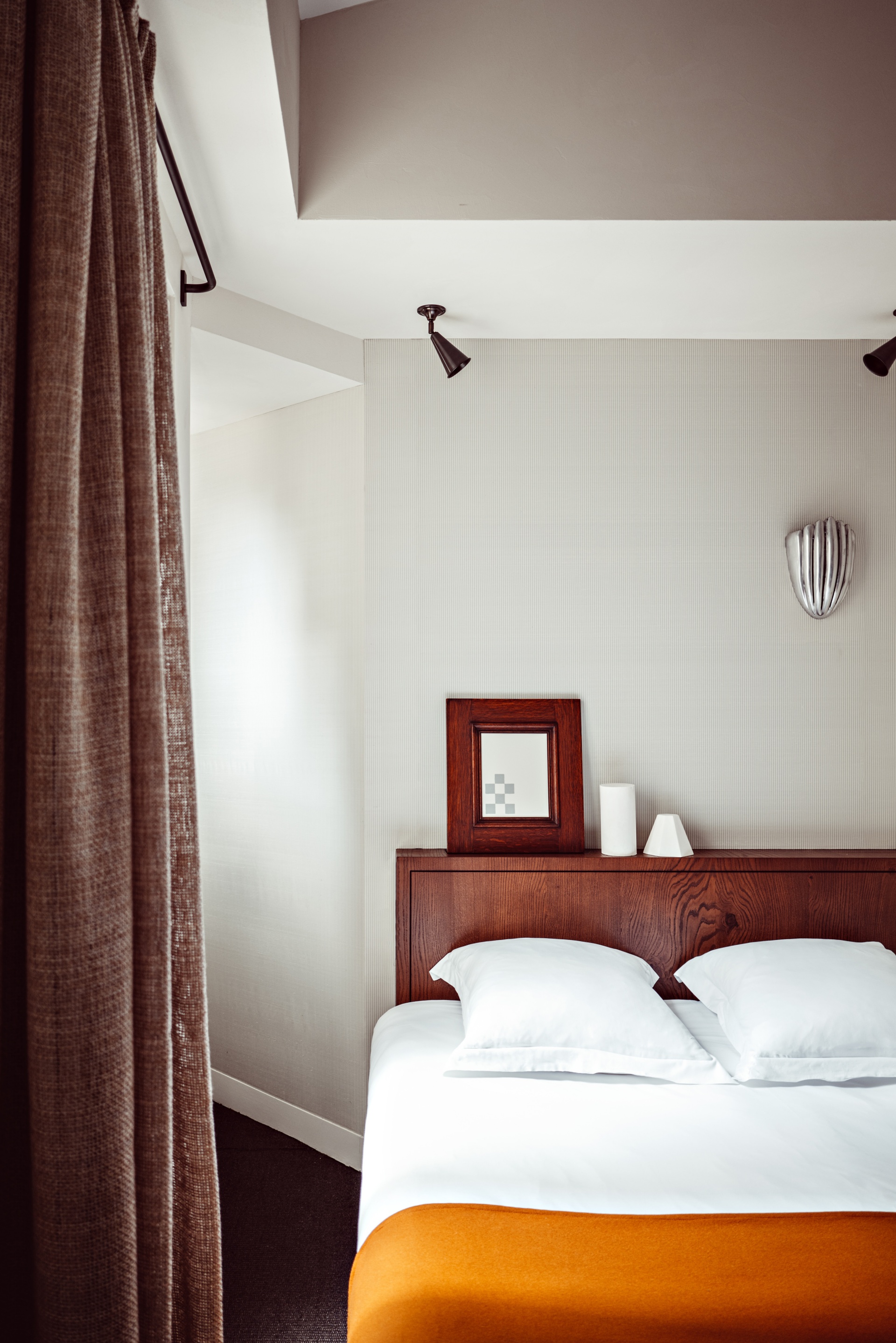
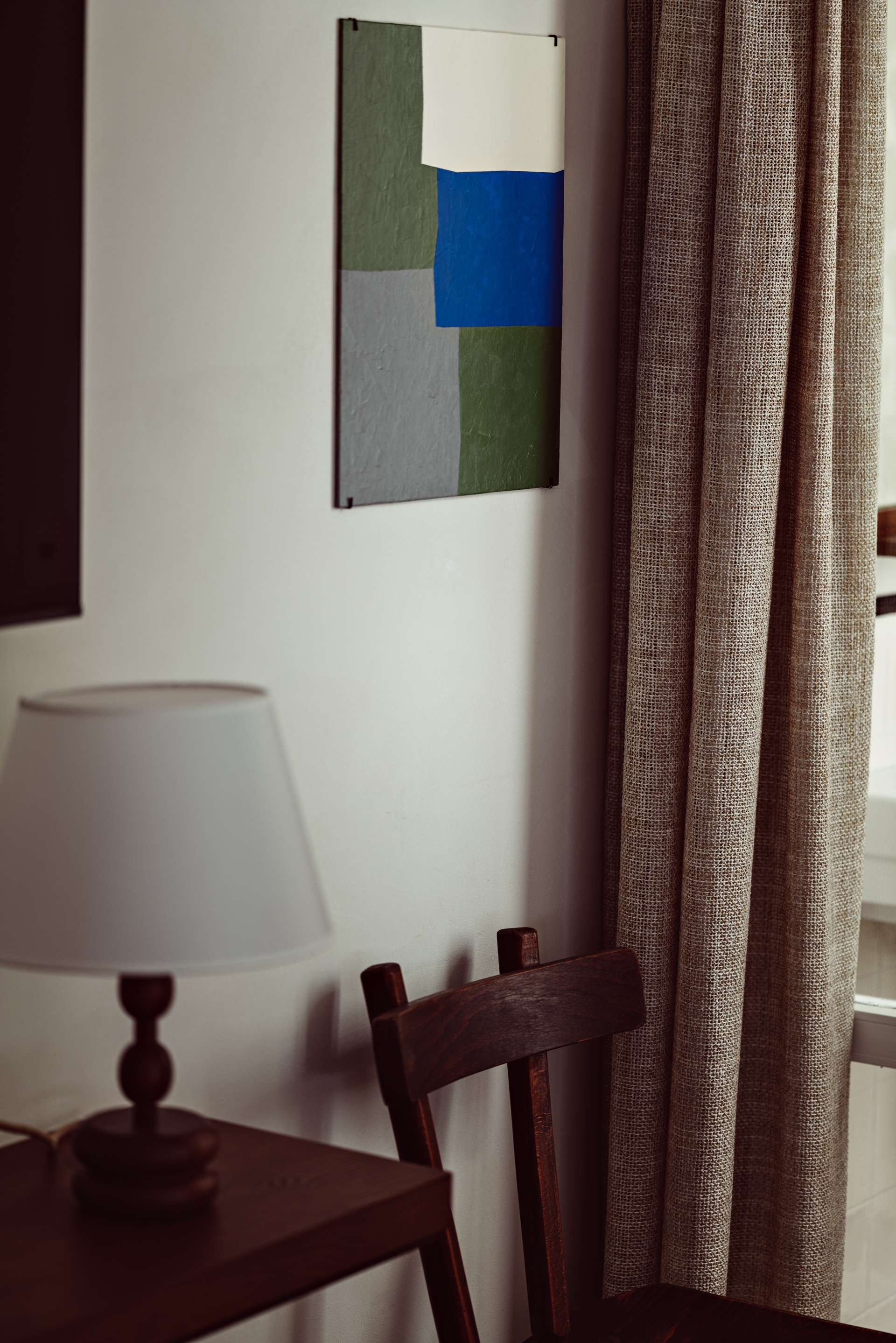
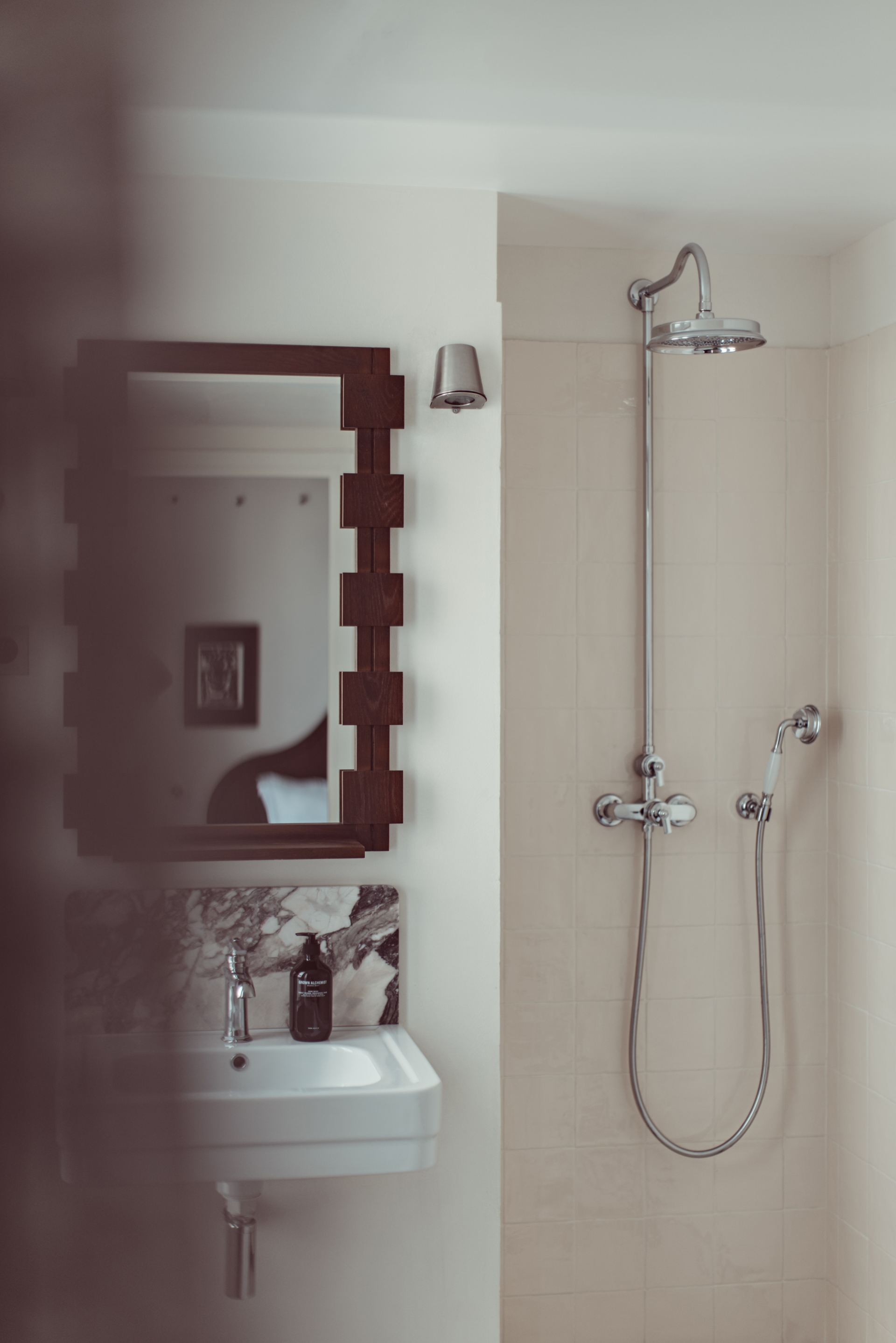
On the fourth floor, the sun becomes more present making the pastels beautifully mingle. On the top floor, blue and pink tones recall the inspiration of the South, and of the subjects dear to the surrealists: lemons, roosters, women’s silhouettes, and the fish stretching out like an elongated eye.
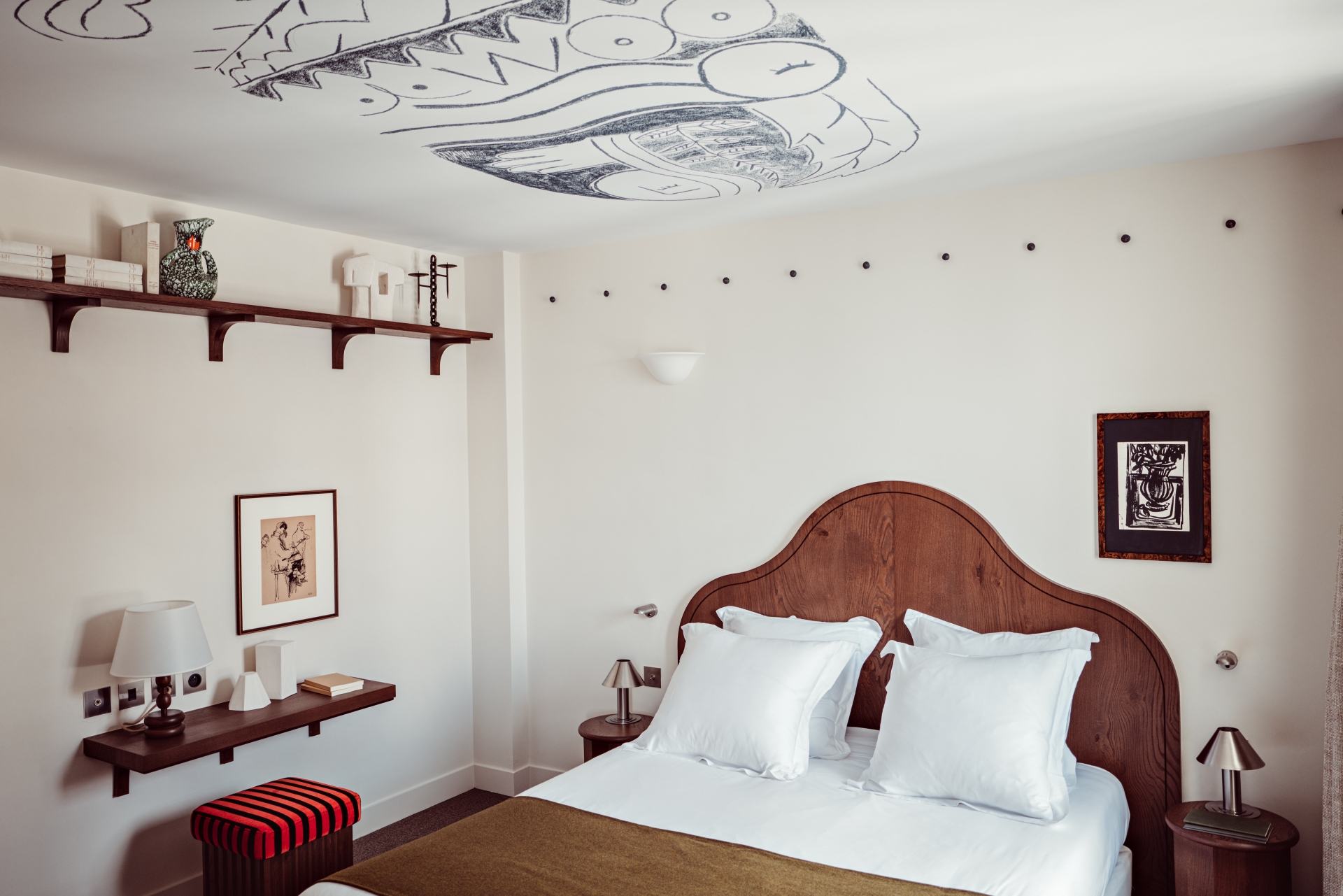
The hotel, true to its history, is also a patron of the arts, whereby works by young artists are regularly purchased. Their work is showcased through exhibitions in the hotel. Travellers can purchase works, making the hotel a living gallery for contemporary painters, ceramists, drawers or sculptors. Since its inauguration, the Hôtel des Académies et des Arts has commissioned five artists, which include: Maximilien Pellet - this young Parisian ceramist has won numerous prizes, especially for his very large format mural compositions, essentially figurative. His work has been the subject of solo exhibitions in Pantin, Orléans, and Paris, but mostly at the Galerie Double V. He created an earthenware panel for the hotel based on one of his original drawings; Charlotte Culot - this artist is passionate about materials, colours and designs and her paintings are envisioned as architectural objects, in the form of collages, by assembling cut-out pieces of colour; Caroline Leseur - a self-taught artist, she develops her pictorial work on canvas and paper. Her work is part of the geometric abstraction movement and represents a constant quest for balance between form, material, and colour; Edith Beurskens - this Amsterdam-based artist uses creative geometric compositions that play with light and shadow. And finally Marie-Laure André-Novak - her wooden works are inspired by primitive art totems. They tell life stories of love and the origin of mankind, but at the same time express symbols of disappearing ethnic groups and lost civilizations.
